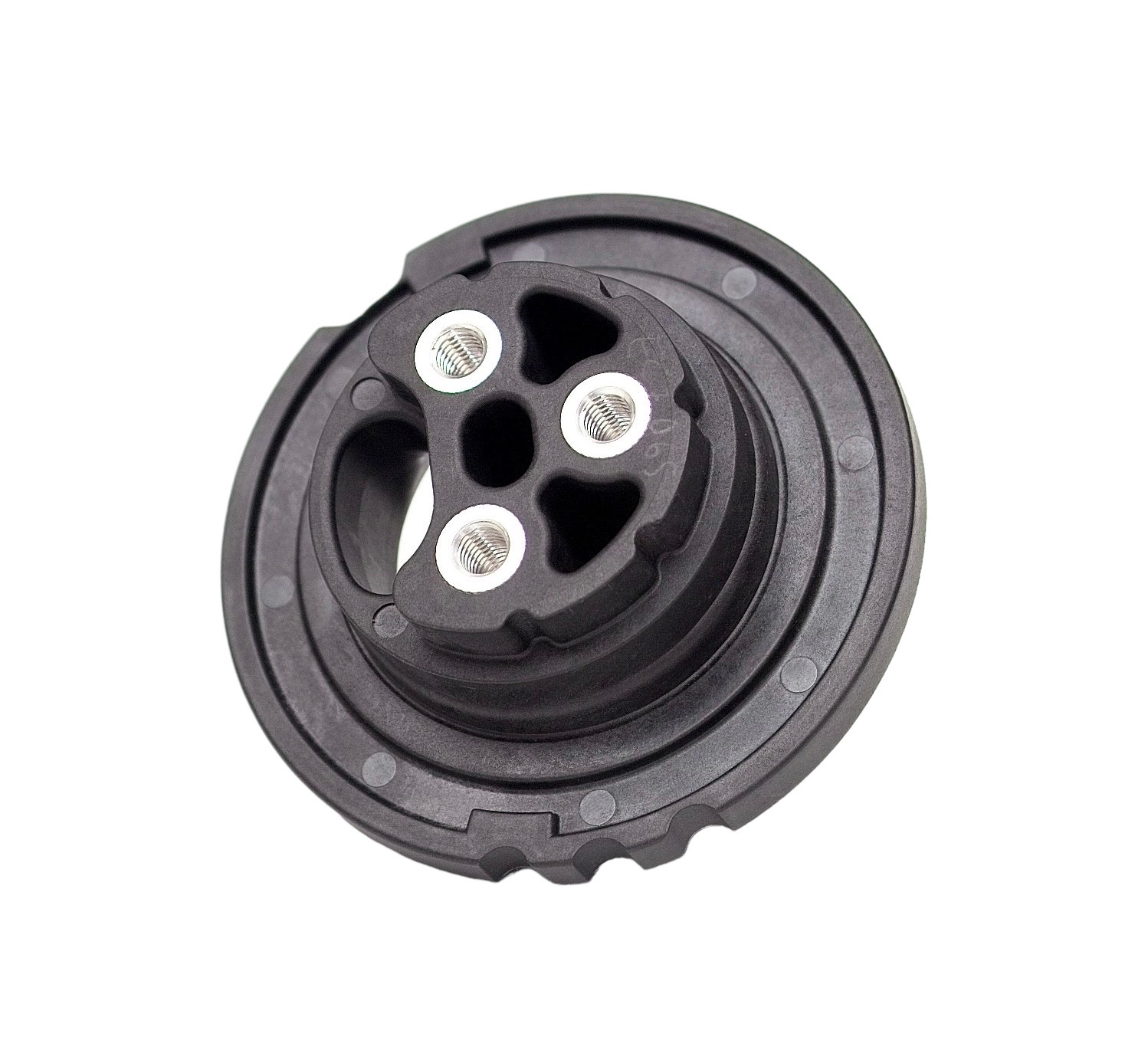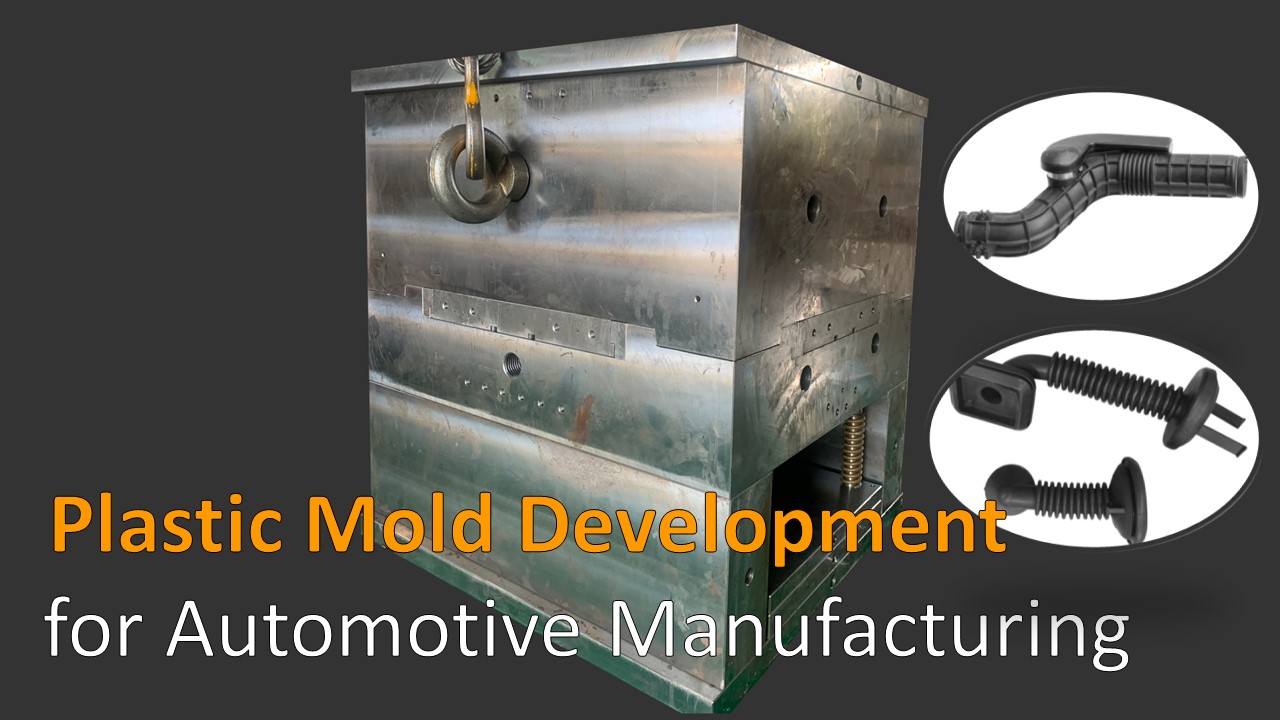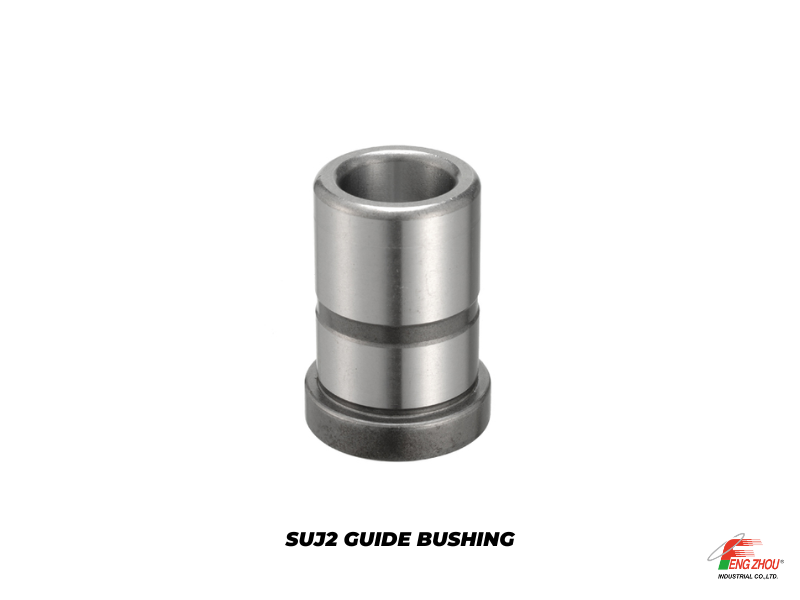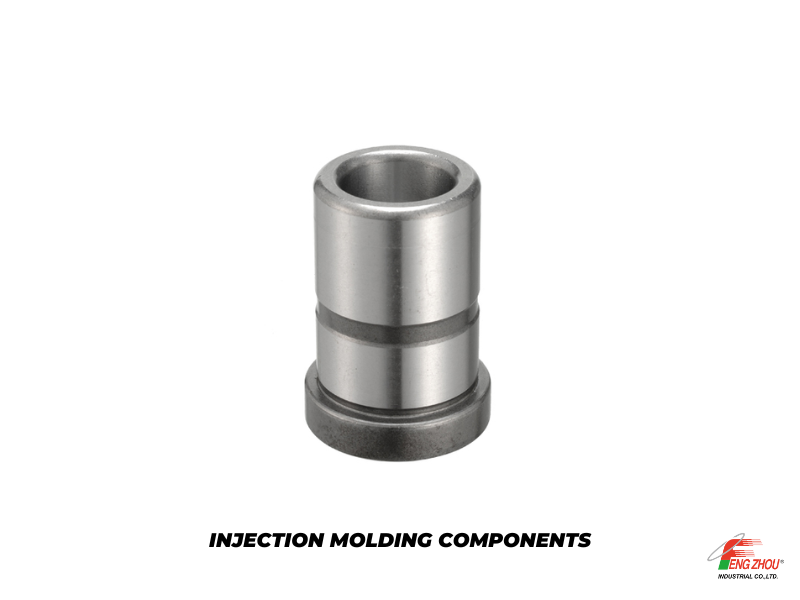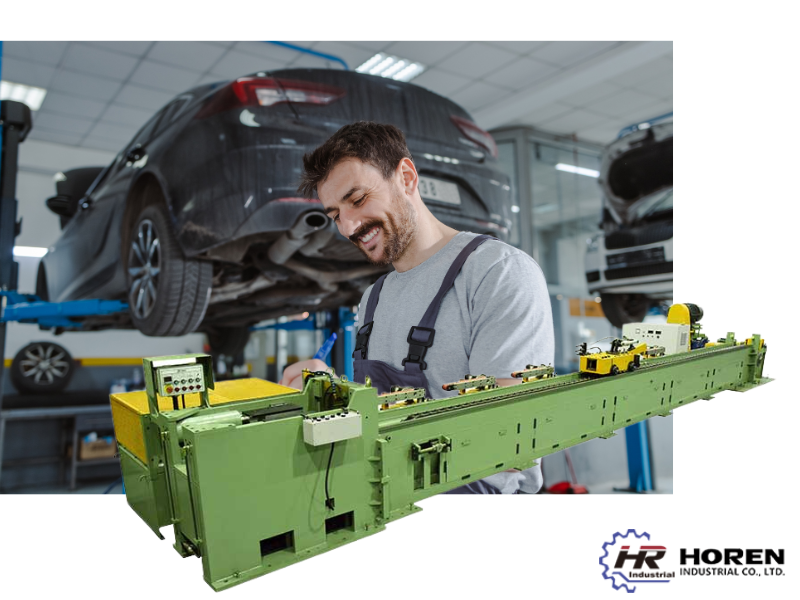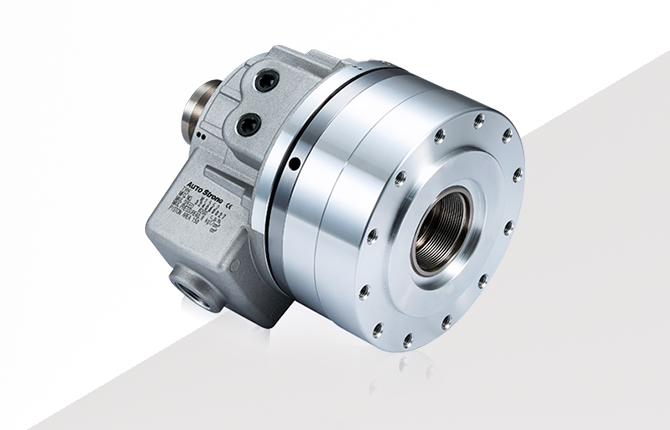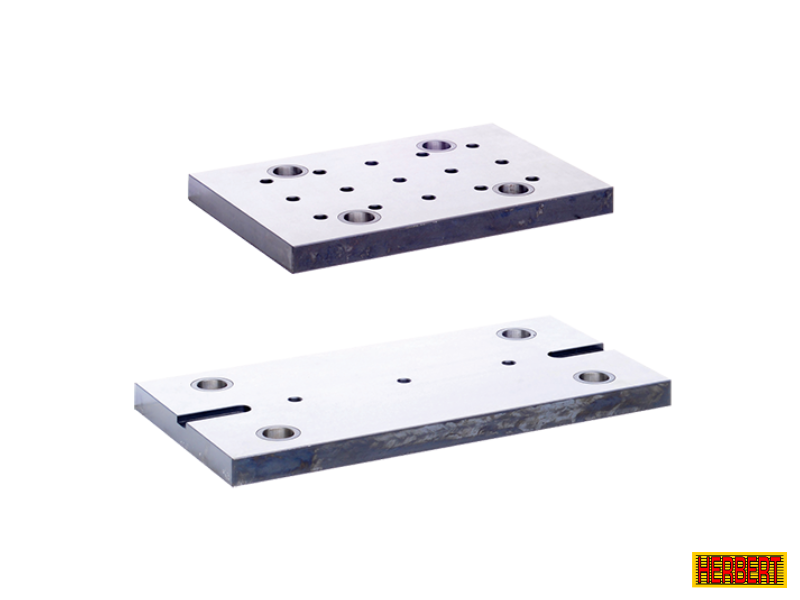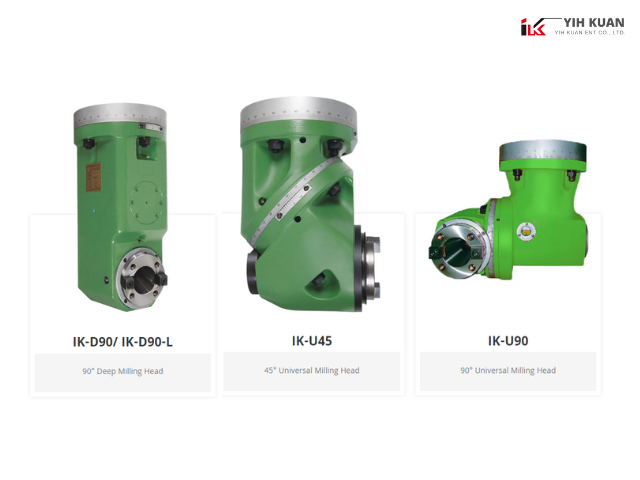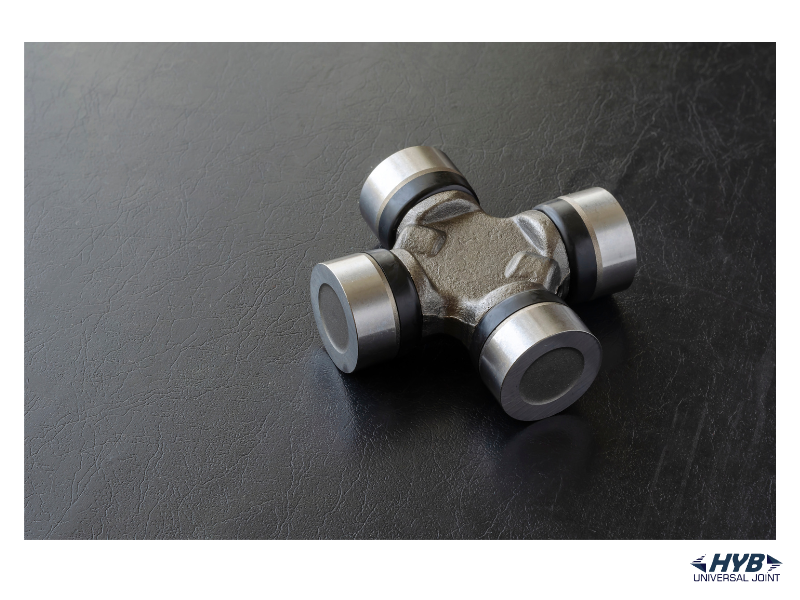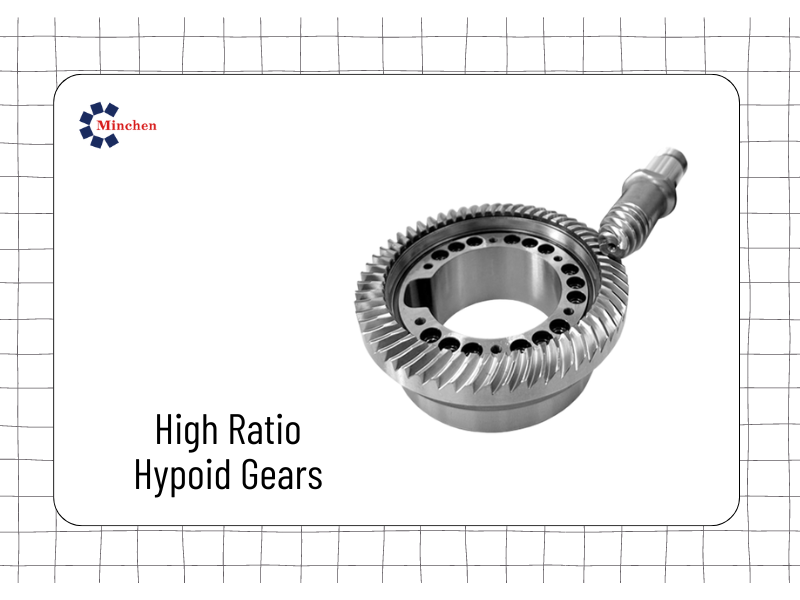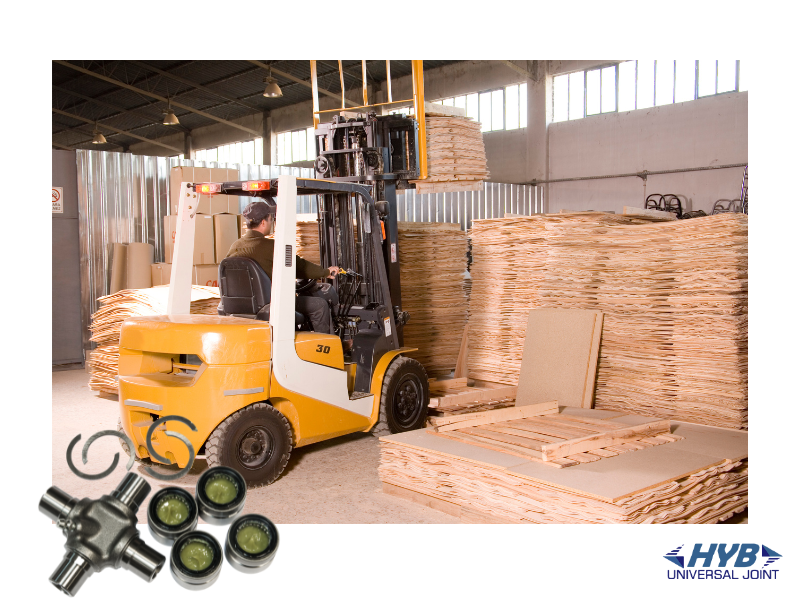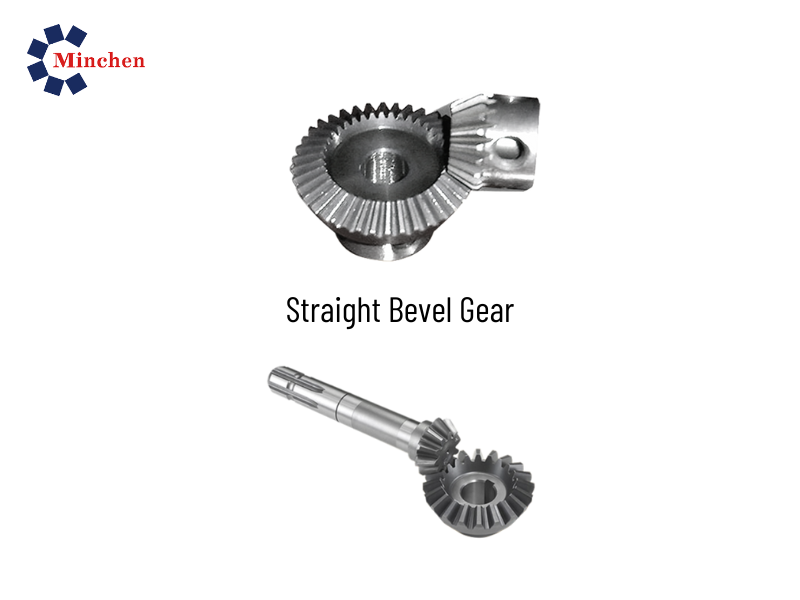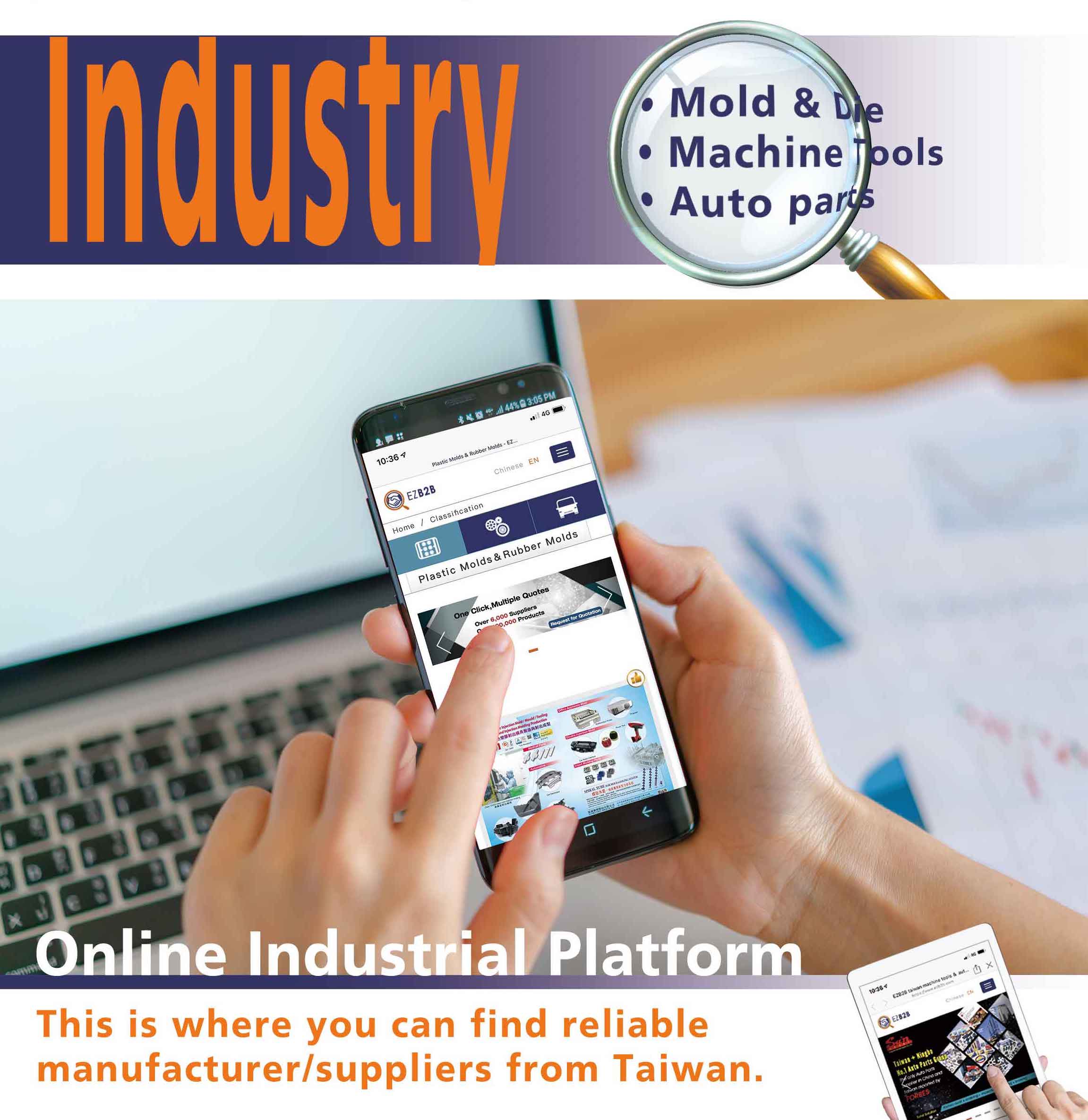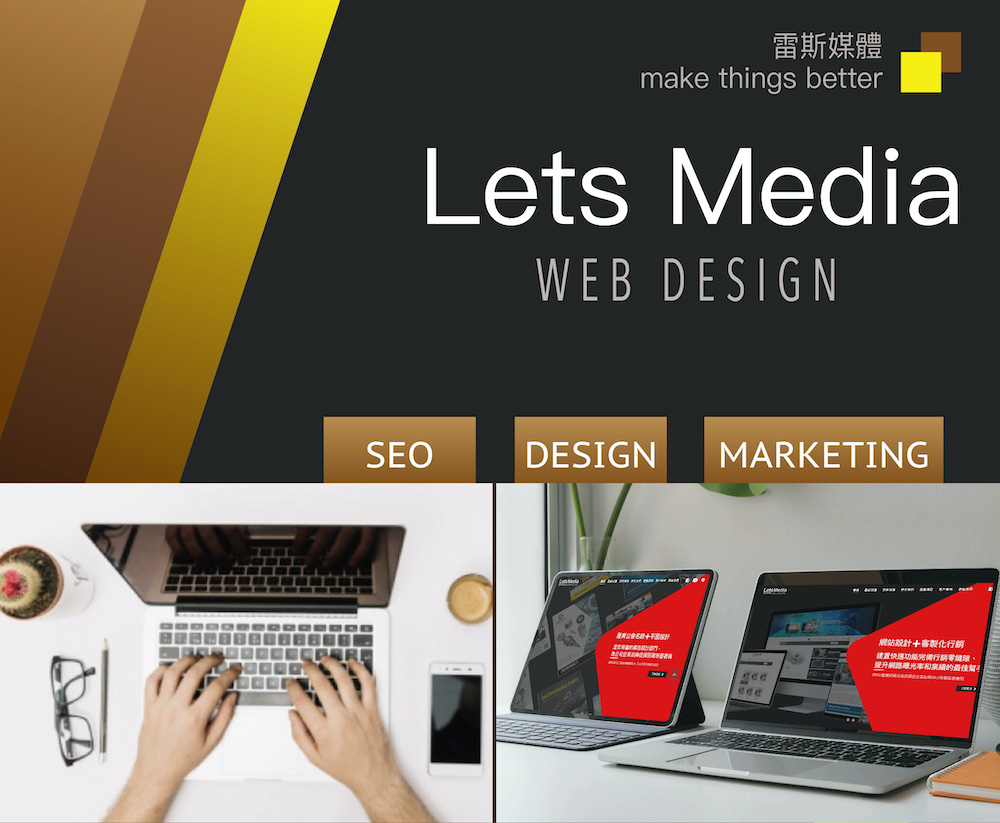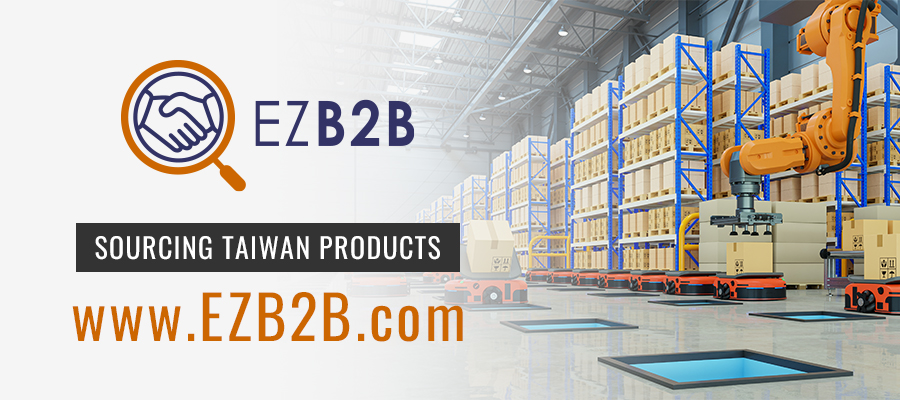Application of Insert Molding
2024-05-02Mould & Die
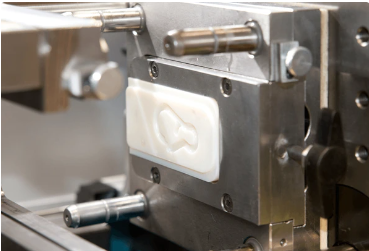
In the realm of advanced manufacturing techniques, insert molding stands out for its ability to enhance product functionality while streamlining the production process. At Ming-Li, we've not only perfected this technique but also shared our insights and expertise through comprehensive articles aimed at enlightening our audience about the possibilities and precision of insert molding. For those keen on exploring the depth of this technology further, our previous discussions on the Ming-Li insert molding process and the key elements for successful insert molding serve as essential resources.
The Essence of Insert Molding
Insert molding, a specialized form of injection molding, involves encapsulating a pre-made part (the insert) with thermoplastic to create a single, integrated component. This process enables the incorporation of metal parts, such as threads, bushings, or electrical contacts, into plastic components, offering enhanced strength, functionality, and durability. The applications of insert molding are vast and varied, spanning industries from automotive and electronics to medical devices, where the integration of metal and plastic parts is essential.
Applications Unveiled
The versatility of insert molding opens up a plethora of application possibilities. Here are just a few sectors where insert molding by Ming-Li has made significant inroads:
- Automotive Components: Insert molding is used to produce complex, durable parts such as electrical connectors, knobs, and switches that require the integration of metal components for functionality and longevity.
- Medical Devices: In the medical industry, insert molding facilitates the creation of ergonomic, lightweight devices with embedded metal parts, such as surgical instruments and diagnostic equipment, which benefit from the process's ability to produce sterile, biocompatible components.
- Consumer Electronics: For consumer electronics, insert molding allows for the production of parts that combine metal contacts or components with plastic casings, ensuring durability and enhancing the device's aesthetic and functional aspects.
- Telecommunications Equipment: Insert molding is instrumental in manufacturing connectors, cable assemblies, and enclosures that require the integration of metal parts for signal transmission and structural integrity.
Ming-Li's Insightful Contributions
To dive deeper into the intricacies and applications of insert molding, we invite our readers to explore our previously published articles. In "Ming-Li Insert Molding," we provide a comprehensive overview of our capabilities and the advantages of employing insert molding for complex component manufacturing. Further expanding on this topic, "Key Elements for Insert Molding" delves into the critical factors that ensure the success of an insert molding project, including material selection, design considerations, and the importance of precision engineering.
Conclusion
Insert molding represents a pinnacle of manufacturing efficiency and product innovation, enabling the seamless integration of disparate materials to create components that are robust, functional, and aesthetically pleasing. Ming-Li is at the forefront of this technology, offering unmatched expertise and state-of-the-art solutions to meet the evolving needs of industries worldwide. For those interested in leveraging the benefits of insert molding for their products, Ming-Li's insightful articles serve as a valuable starting point, guiding you through the journey from concept to realization with precision and professionalism. Join us as we continue to explore and expand the boundaries of insert molding, driving forward the development of next-generation products.
